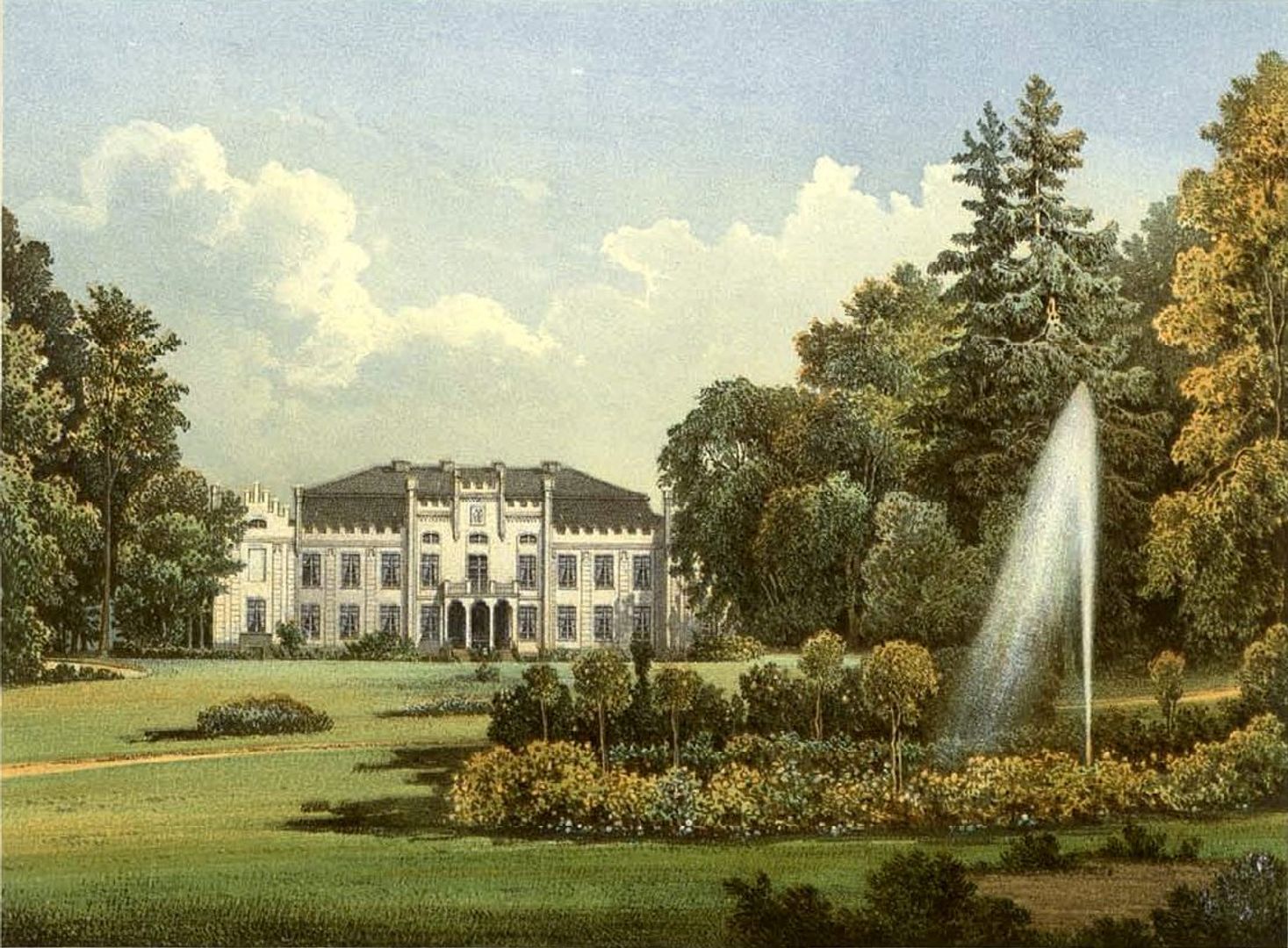Mały Kack
6.16

Overview
Mały Kack, a southern district of Gdynia, is an area with a rich historical background and interesting architecture. The district was incorporated into Gdynia on June 13, 1935, and its name comes from the Kacza River. During World War II, the Germans changed the name of Mały Kack to Kleinkatz. It is characterized mainly by single-family homes and significant facilities such as the stadium where the club Arka Gdynia plays, and the Kacze Łęgi nature reserve. It is located in the picturesque valley of the Kacza River and on moraine hills near the border with Sopot. The oldest traces of settlement in this area date back to 550-450 BCE, and the first mentions of the village come from 1342. In the Middle Ages, Mały Kack was an economically significant place, with mills, paper mills, and forges. In the 16th century, these lands passed into the hands of the Mayor of Gdańsk, Jerzy Rosenberg, who funded a Protestant church, and his name is associated with the dynamic development of the village. After various ownership changes, in the 20th century, Mały Kack became a Protestant center for local residents, and after World War II, the population increased significantly, mainly Catholics, which led to the construction of new churches. Among the interesting facts are plans for the development of rail transport with the construction of the Gdynia Karwiny station, which highlights the district's importance as a transport hub. Mały Kack, combining a long history with modernity, remains a place with a rich cultural identity.
Location
Tickets
Powered by GetYourGuide
2025 Wizytor | All Rights Reserved